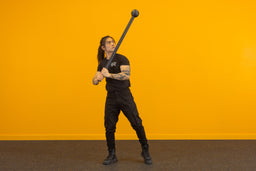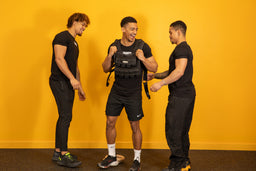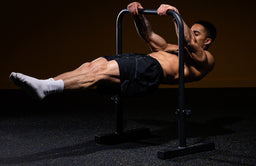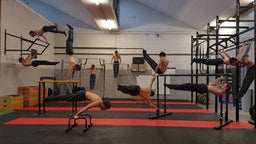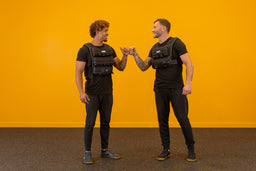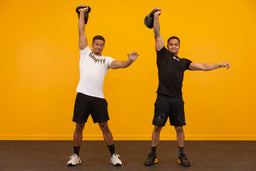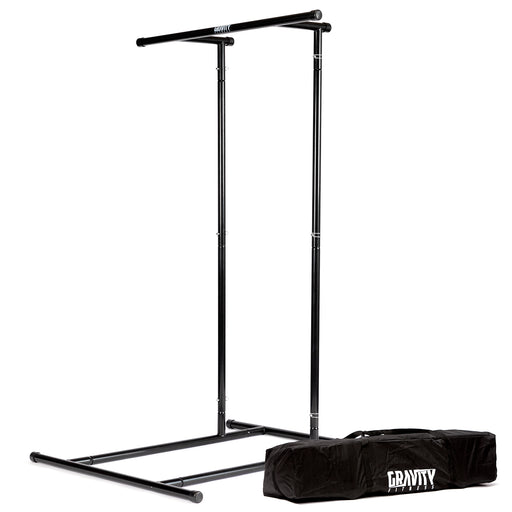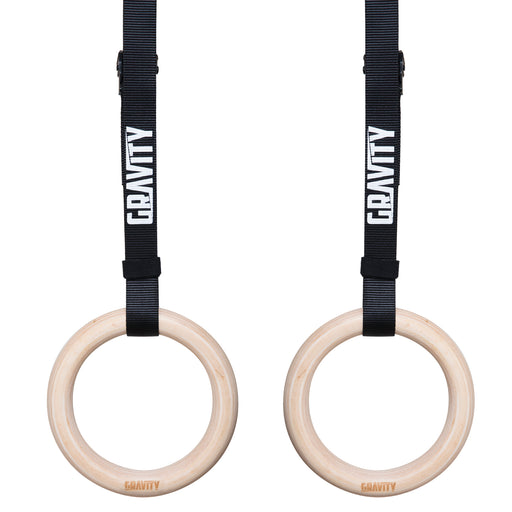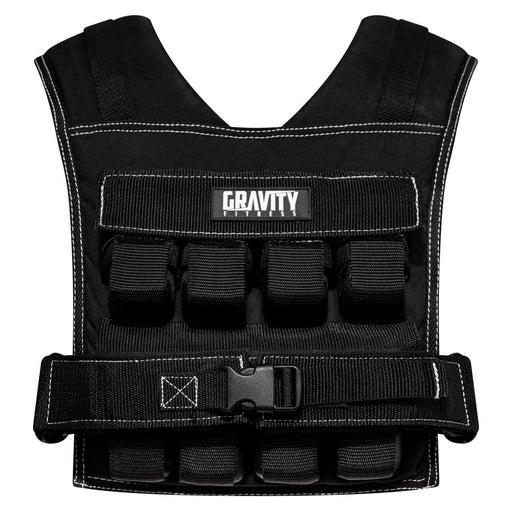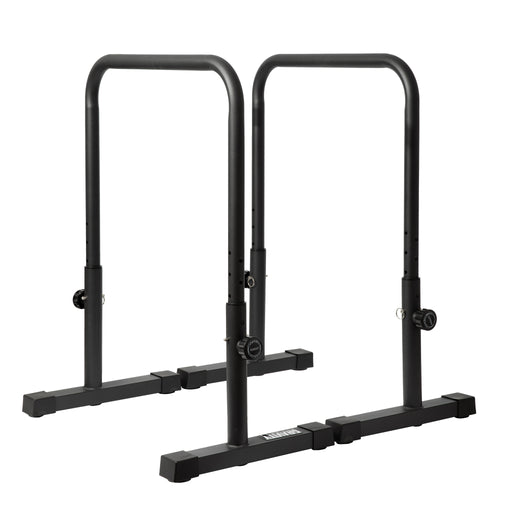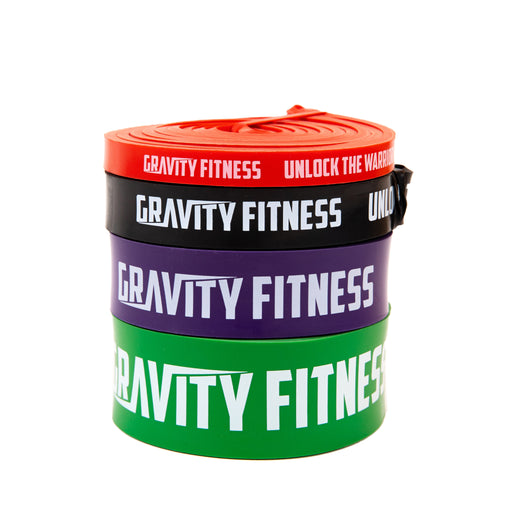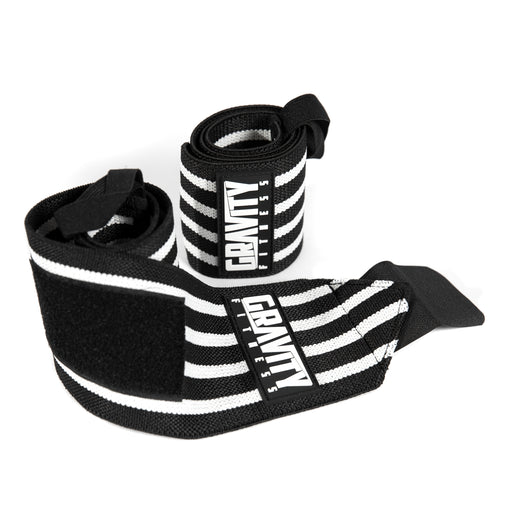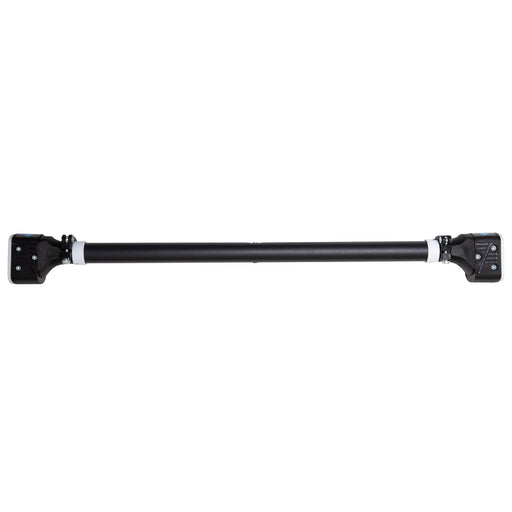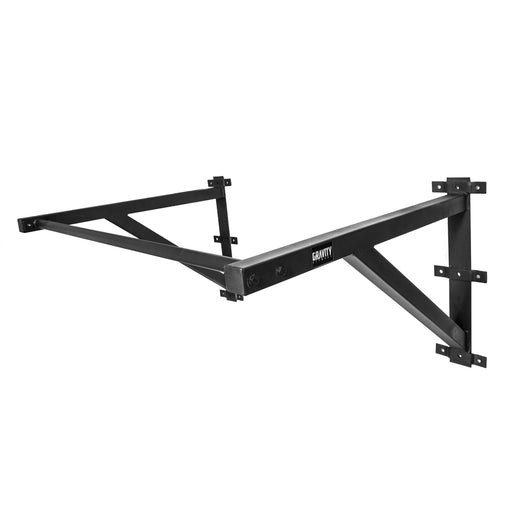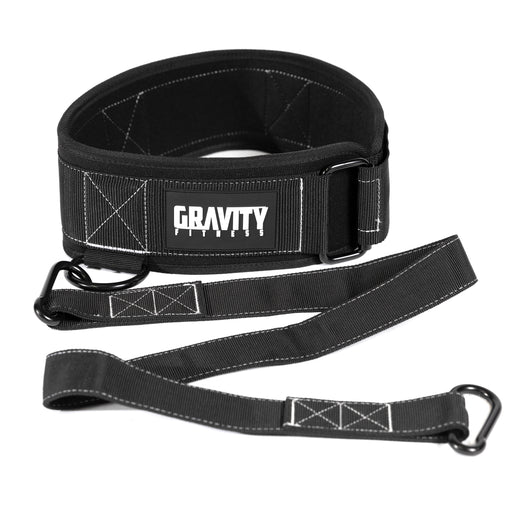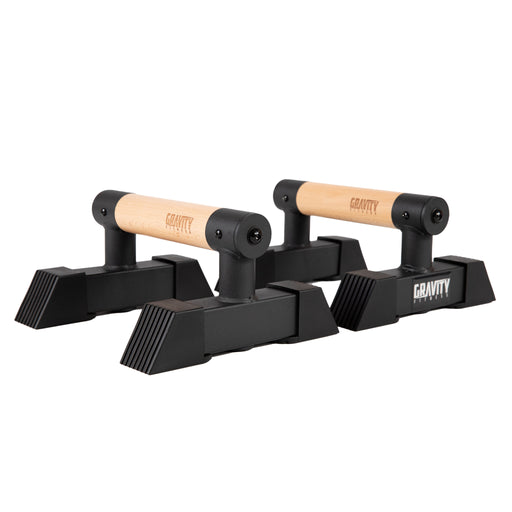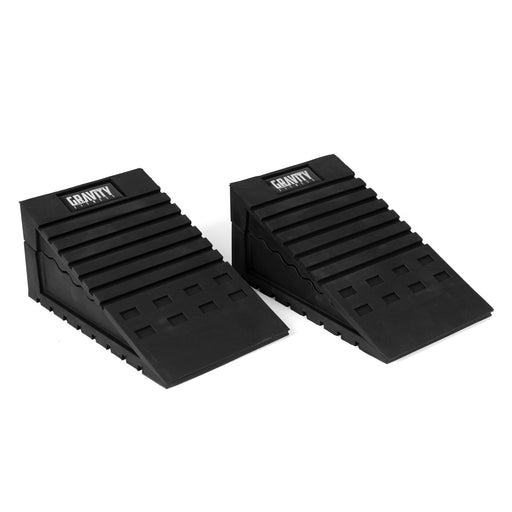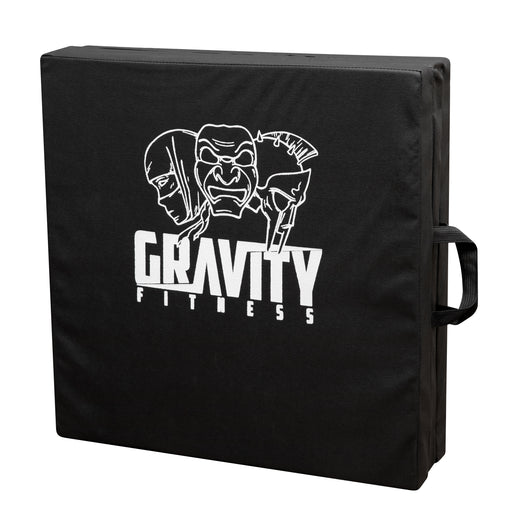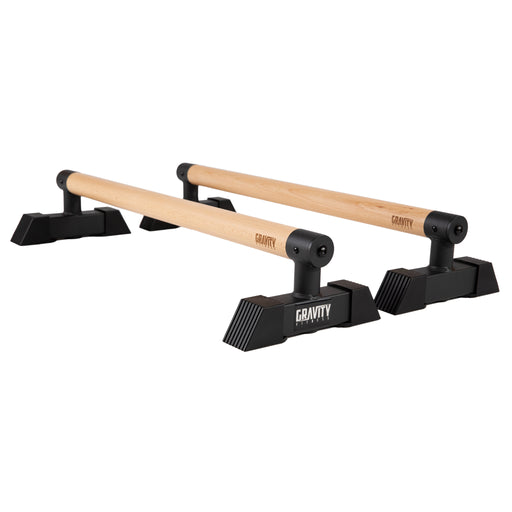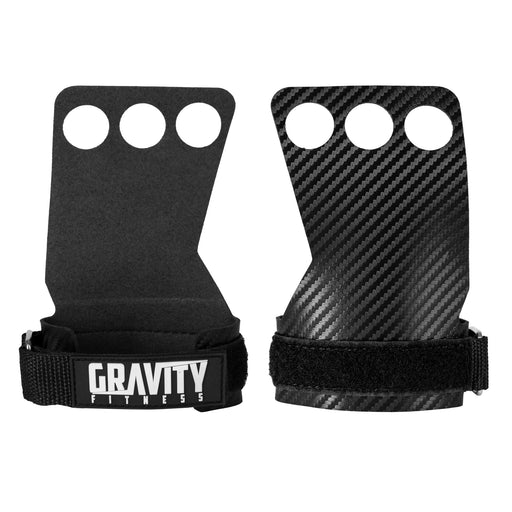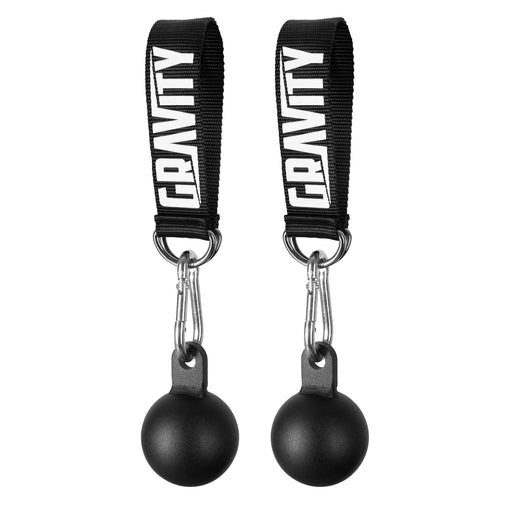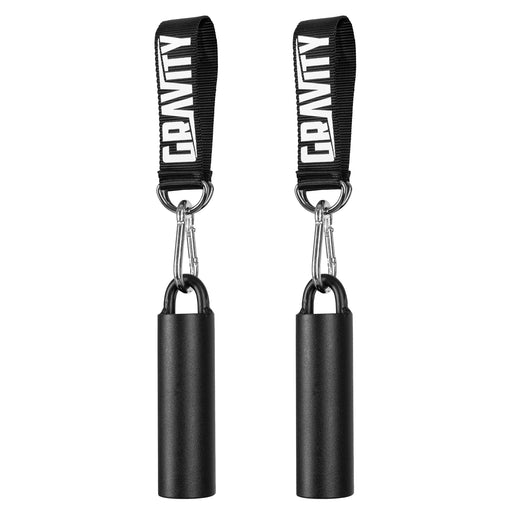Fitness tracking for peak fitness
Fitness tracking for peak fitness
Fitness can be built, started, continued, tested, tracked and measured at any age. But what defines the measurements of peak fitness? And how can we, as athletes, keep track of those measurements? What can we do to measure progress?
Well let’s go through some of those parameters, break them down and following that I’ll provide some exercises you can test and track for each category. Also remember peak fitness is about how you feel, unless you’re a serious professional athlete. So building a well rounded routine, that pushes all the planes of movement is the way to go. And remember to keep scaling up your training to progress. Different ages in training can be measured in different ways, so I’ll cover those age ranges as well. Below are the categories of tracking.
1) Skill/technique – This benchmark of fitness is about learning and practice. Skill and technique are about correct form and application. Making sure we perform things correctly to improve. We can use hand eye coordination, balance and cognitive functions, as well as more sports specific training methods.
For skill and technique, if we are training as an older athlete, we can work on flexibility and time under tension, using longer time periods throughout the form of a particular exercise to keep correct engagement. If a younger athlete, you can track skill and technique using sporting training methods – throwing and catching and contact sports. For the older generations, they can still practice these, but equally can incorporate hobbies such as golf and cricket.
2) Speed – Does exactly what it says on the tin. Speed is all about the rapid movement of the body – the 0-100 if you like. The velocity and acceleration with which we can perform certain movements, by recruiting and building fast twitch muscle fibres. Here we can use exercises that cross both sides of the body that involve rapid crossing.
For speed testing, we can use the bleep test or a skipping rope for older trainers, or quick jumping movements, like side steps or jump squats for younger athletes. For those who are older, speed training has been proven to be hugely beneficial, as this helps improve reaction speed and times, slowing aging significantly. For younger athletes this leads to much improved performance.
3) Power – Power is speed in combination with force. This is performing high velocity movements at maximum level – think of a clap push up for example. Power is like the total exertion the body can produce at rapid speeds.
For power training benchmarks, we need to make sure that joints are strong and protected. I would think about reducing impact for older athletes. For younger trainers clap push ups, or box jumps would be great here.
4) Force/Strength – This is the maximum ‘strength’ application. This is not about repetitions or endurance. Think about pushing against a wall to try and push it over. This is where maximal load comes into play -our one rep maxes, etc.
Force is good to measure and test in a controlled environment – this is where we want to test our 1RM or one rep max. Gyms are good for these tests, as we can load up weight safely. Remember to grease the groove for these movements first i.e. practice the body patterns with little to no weight first. Older and younger athletes can use the same exercises here, it just depends on what you’re pushing for.
5) Muscle hypertrophy – Building muscle size is what comes from hypertrophy. We use muscle hypertrophy to not only change our body composition but to provide our joints and skeletal system with muscular support. To build the size of the muscle itself.
Muscular hypertrophy is building the muscle size. Muscles cant count so you want between 30-40 seconds under tension and be struggling with the last 2 reps. Try and improve the numbers and shrink the time frame to complete those numbers. We can use any exercise here that can be performed in an easily scalable environment, such as the gym. We can choose a bench press, shoulder raise, side bends, thrusters, etc. Regardless of age, these can be trained using whatever you feel comfortable doing. For older trainers, potentially keep the movements more simple. Resistance training is hugely beneficial for older adults as it helps to slow the signs of aging, such as bone density, cognitive and nervous system function.
6) Muscular endurance – With muscular endurance, we can test our reps performance. And our ability to push ourselves to the limit, using the muscular system specifically. Think working to failure.
With muscular endurance, we can pick a couple of exercises and rep them out as much as possible. Exercise choice depends on personal preference. Push ups and pull ups, squats and deadlifts tend to work well here. Set an amount of reps, then try and better it next time you test your endurance. Remember the higher, the better.
7) Anaerobic capacity – This is synonymous with maximum heart rate and using our anaerobic energy system to push ourselves without oxygen enriched blood for intense work, normally, shorter distances. This improves our circulatory efficiency.
For anaerobic capacity we can use sprint style training to move quickly over a slightly extended period or distance. Sprinting for younger athletes and high intensity circuit training for older trainers would work well here.
8) Maximal aerobic capacity – For work that involves the respiratory system and oxygen enriched blood to help us work over longer periods at maximum effort. Controlling breathing and training ourselves to the maximal effort we can.
For maximal aerobic capacity, we need to improve the efficiency of our oxygen intake. Whether as an older or younger athlete it’s about regulating, and training breath work. Just remember your age will vary your maximal ability to start with. So start at a level that is right for you.
9) Long-duration training – This is working at the submaximal level for extended periods of time. This is how most people perceive cardio training.
For long duration training, the parameters are pretty similar whether and older or younger athlete. Set distance benchmarks for cycling, swimming or running over a longer time frame, and then try to reduce that timeframe over the same distance, until you reach your goal.
In summary, there are many different facets in which you can test your fitness, just make sure you st up controlled parameters and safety to perform them. A well rounded training routine is going to give you the best results, especially when you push it to the limits!
You can send us your fitness challenges on socials @gravity.fitness and why not use some of the Gravity Fitness battle ropes to test your endurance? Or a skipping rope to test your speed? Or some kettlebells to test your force? All are available from the Gravity Fitness Store
